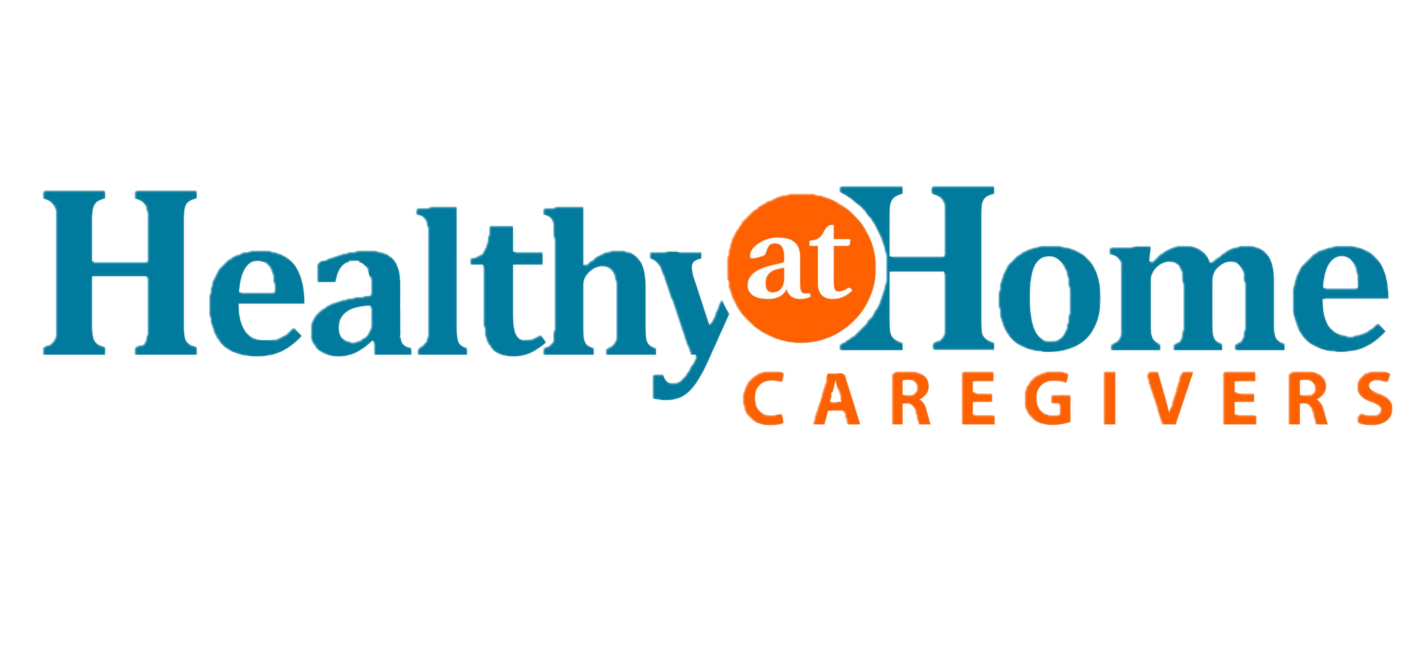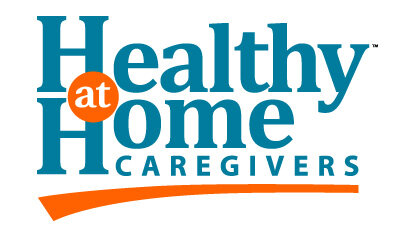The Benefits of Being CPR and First-Aid Certified.
Most people know how to handle a scrape or two, you clean it and bandage it to keep germs out while it heals then you call it a day. But what happens when the situation is more dire? Even with about 350,000 cardiac arrests happing every year in America only 20% of Americans are equipped to perform CPR during a medical emergency and eight out of ten parents admitted they would not know how to administer basic first aid to save their child. Even with all this, many people have a hard time setting aside a few hours to complete the potentially lifesaving training
It saves lives.
In an emergency every second counts. Whether that emergency is a grave injury, someone choking on something, or even a sudden cardiac event it is crucial to get them care as soon as possible. For every minute that passes without the cardiac arrest victim receiving CPR their survival rate can decrease by up to 10% and with about 70% of cardiac arrests happening in homes it’s obvious how important it is to be prepared in the case of emergency. Knowing how to respond to these situations can benefit the first responders as well. By being able to relay the incident and the care performed the first responders will have a better idea of what their next steps should be. Your knowledge could prove invaluable in emergency situations.
Improve the victim’s recovery time
As if saving their life wasn’t enough, making sure the person in need of help gets care as soon as possible can drastically reduce their recovery time. When the human brain can only handle about six minutes cut off from oxygen a quick response can mean the difference between them having a short term or a long-term disability. With proper first aid training you’ll also know how to move someone physically in ways that support their injuries, decreasing the stress on the injury.
Increase Preparedness and general safety
Learning first aid leads to individuals being more cognizant of the potential hazards around them and more aware of medical issues. By being able to identify hazards around you you’ll also be able to help those around you identify them as well, helping your family and community become just that much safer.
Being able to identify hazards and potential threats is a great skill but we can’t always know what life is going to throw at us. By being trained for the worst, you’ll be prepared to handle any medical situation that life throws at you, whether that’s a heart attack, severe bleeding, difficulties breathing, or even just minor burns and stings.
At the end of the day the hope is that our training will never be needed. No one wants to be there when someone needs medical attention any more than someone wants to receive that medical attention, but we think it’s better to have the knowledge and not need it than to need it and not have it.
Get training HERE.

